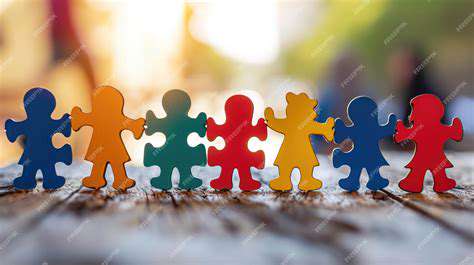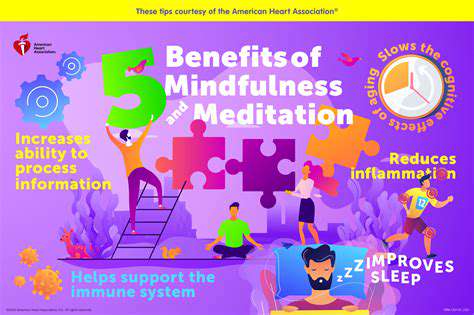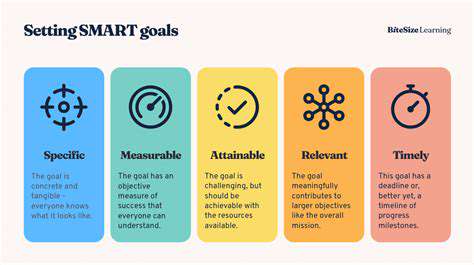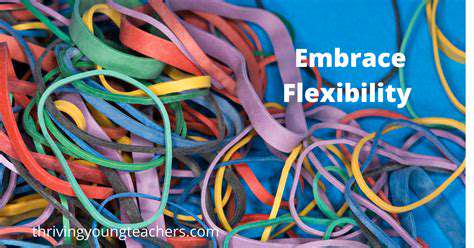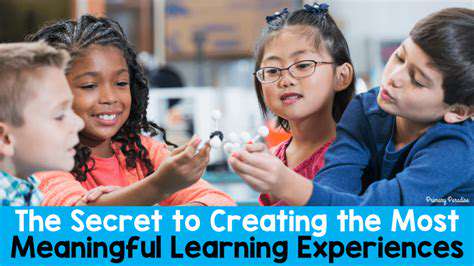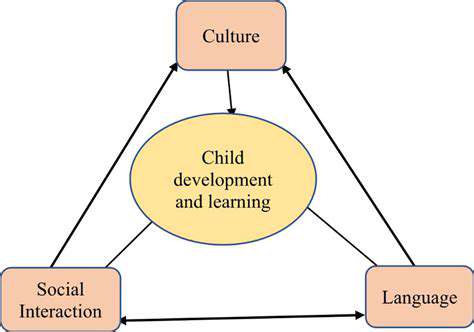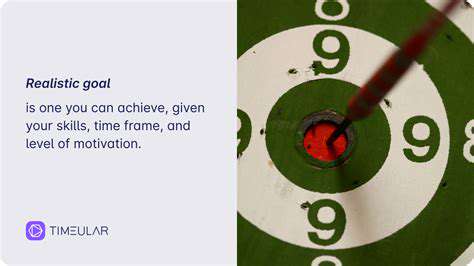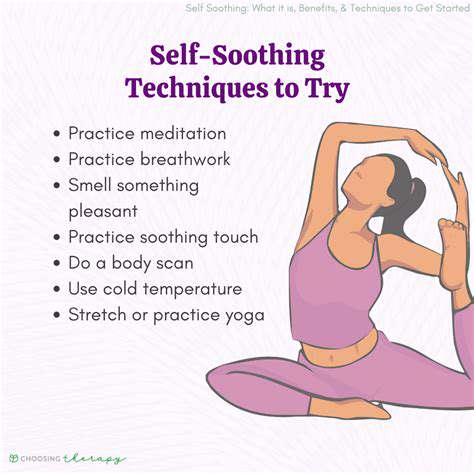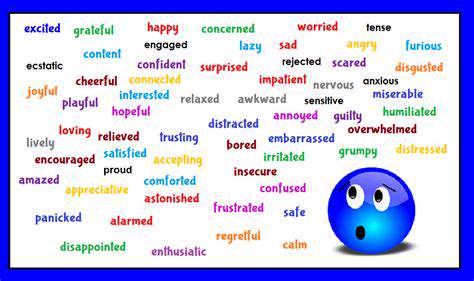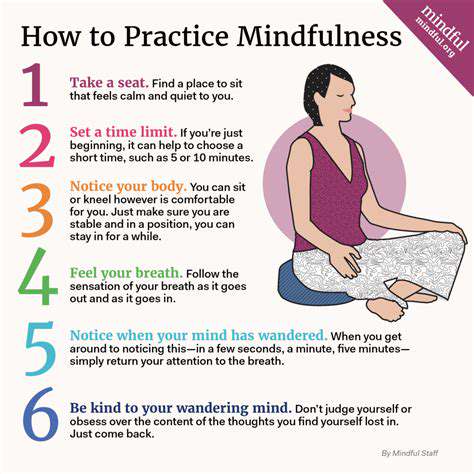Supporting Kids in Building Healthy Peer Relationships
Encouraging Perspective-Taking Activities
How would you feel if... games open cognitive windows to other realities. Simple exercises—like debating both sides of a playground dispute or imagining a day in a differently-abled peer's shoes—stretch young minds. Even discussing book characters' motivations plants seeds for real-world understanding.
Cultural exploration adds rich layers to perspective-taking. Cooking international dishes, learning greeting rituals from various countries, or studying how different families celebrate holidays expands children's normal definitions. These experiences build mental flexibility that serves them lifelong.
Promoting Prosocial Behaviors
Kindness in action cements abstract empathy concepts. When children experience the glow of helping without expectation—whether sharing art supplies or comforting a scraped knee—they internalize connection's rewards. Team projects that require interdependence demonstrate our need for one another.
Service becomes the best teacher of compassion. Planting community gardens, organizing toy drives, or visiting elder homes makes abstract concepts tangible. These experiences often spark surprising insights about privilege, gratitude, and our shared humanity.
Creating a Supportive Environment
Emotionally safe spaces act as empathy greenhouses. Here, questions about differences get curious responses rather than shushing. Mistakes become learning moments rather than shame triggers. When children feel heard, they naturally extend that listening to others.
Diversity of all kinds—neurodiversity, cultural backgrounds, family structures—enriches these environments when honored authentically. Exposure to various life experiences through books, guest speakers, and field trips builds cognitive frameworks for understanding complexity.
Teaching Essential Social Skills
Understanding the Importance of Social Skills
Social fluency operates like emotional currency, helping children exchange ideas, resolve conflicts, and build belonging. These learned behaviors—far from being frivolous—determine everything from classroom participation to future workplace success. Like any language, early immersion yields the most natural proficiency.
Playgrounds and playdates serve as social laboratories where children experiment with boundaries and connection. Observing these interactions reveals fascinating social development in action—the toddler's parallel play evolving into complex schoolyard negotiations. Each stage builds crucial relationship muscles.
Identifying Key Social Skills for Children
The social toolkit contains both verbal and nonverbal instruments. Reading facial microexpressions, modulating voice volume for context, and respecting personal space all communicate as powerfully as words. Emotional vocabulary—being able to name frustrated versus disappointed—grants children precision in self-expression.
Conflict navigation skills particularly benefit from coaching. Teaching I-statements, active listening paraphrasing, and brainstorming multiple solutions empowers children to handle disputes independently. These tools prevent small sparks from becoming relationship wildfires.
Strategies for Teaching Social Skills
Social scripting—practicing common interactions through role-play—builds confidence for real-world moments. Rehearsing how to join a game, apologize sincerely, or ask for help makes these actions more accessible when emotions run high. Think of it as emotional fire drills.
Specific praise works better than vague compliments. Noticing You waited patiently for your turn on the swings reinforces exactly which behavior to repeat. This precision helps children understand abstract social concepts through concrete examples.
Creating a Supportive Environment
Social skill development thrives in atmospheres where mistakes carry no shame. Classrooms using do-overs for social errors or families discussing awkward moments at dinner normalize the learning process. This removes perfection pressure that often inhibits social risk-taking.
Mixed-age interactions provide unique growth opportunities. Older children naturally model more advanced social behaviors, while younger ones allow leadership practice. Community events, multigrade classrooms, or family gatherings create these valuable cross-pollination spaces.
